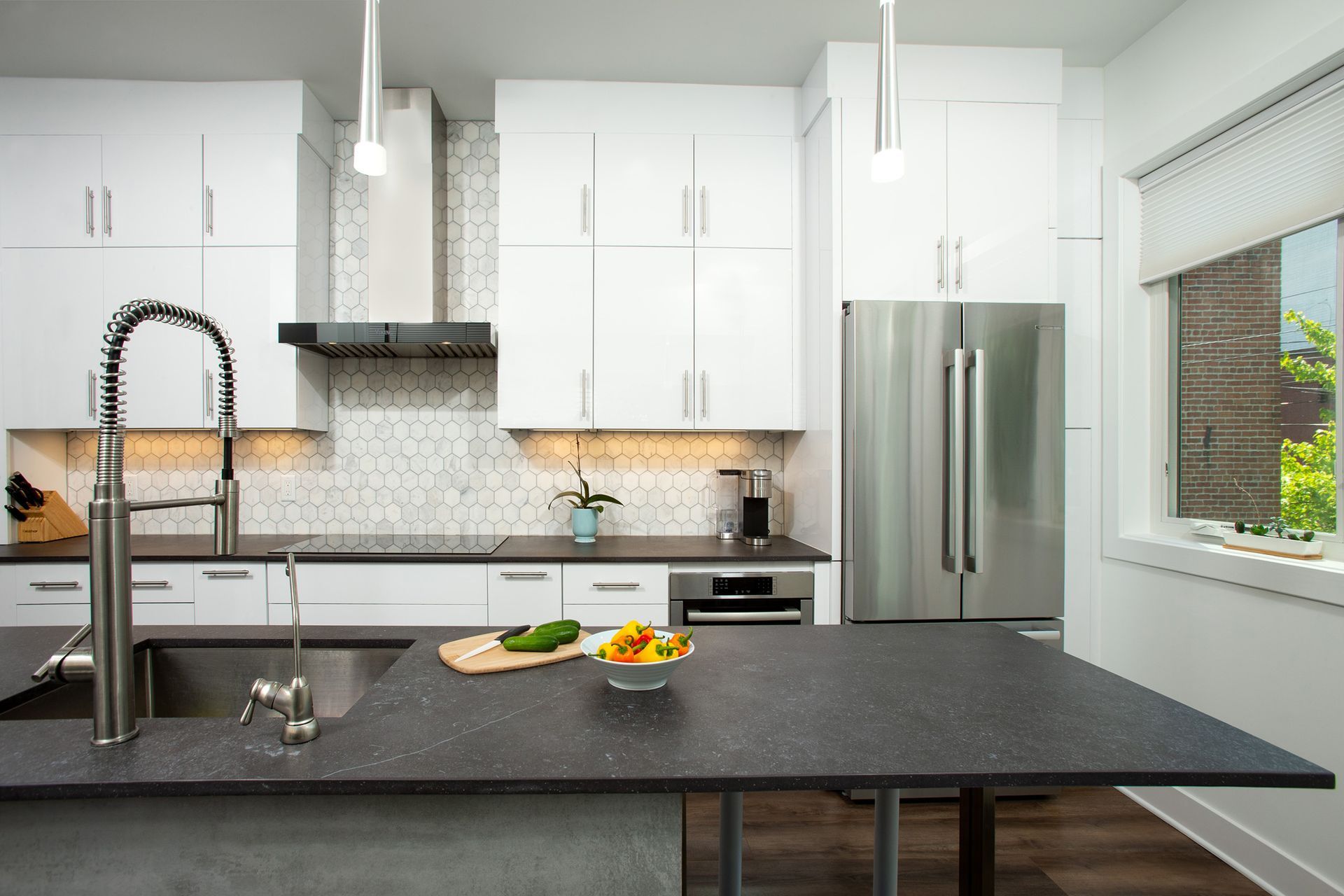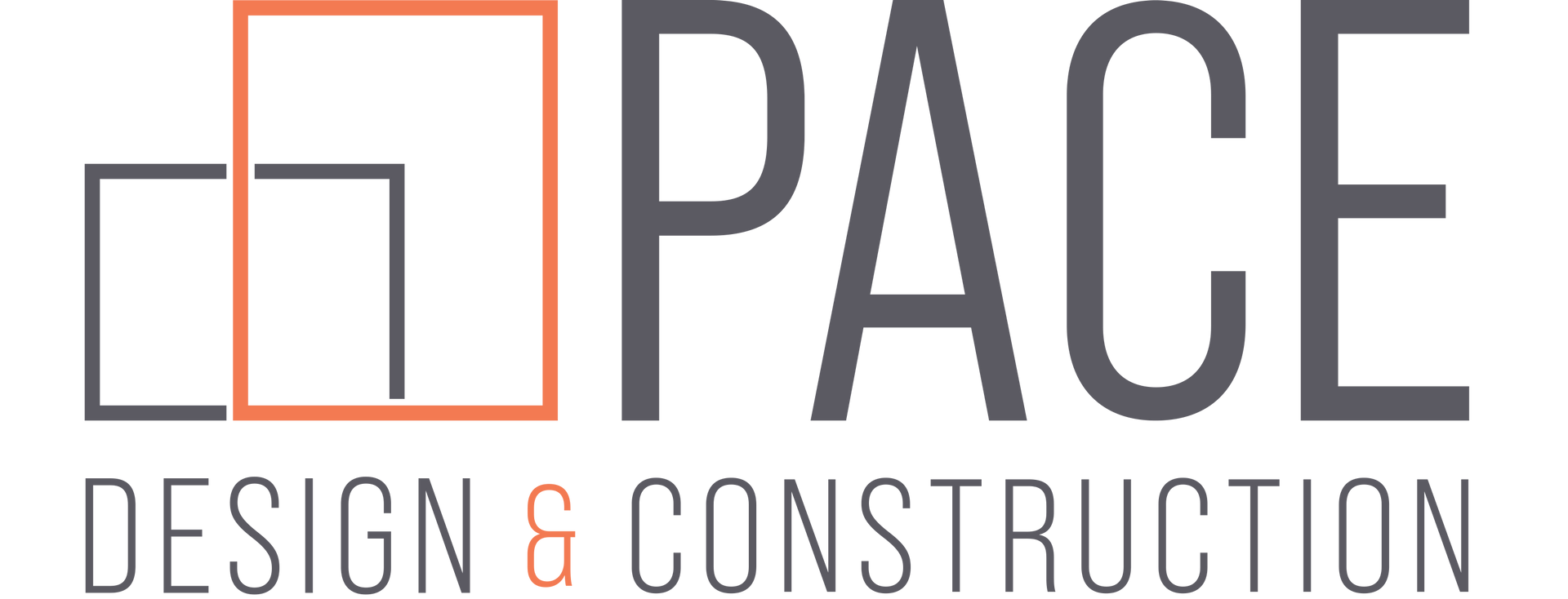The Rising Cost of Home Remodels and Why Wellness Is Worth the Investment
The Rising Cost of Home Remodels and Why Wellness Is Worth the Investment

At In today’s market, remodeling your home is more than just updating finishes or increasing square footage, it's about creating an environment that enhances your daily life. But as materials and labor costs continue to climb, many homeowners are faced with the reality of expanding budgets. At PACE, we believe that despite rising expenses, investing in wellness-centered renovations isn’t just a luxury, it's a necessity for long-term value and quality of life.
Several key factors are contributing to the rising cost of home renovations:
1. Material Price Inflation
The cost of building materials, from lumber and drywall to finishes and fixtures, has seen significant inflation due to global supply chain disruptions, increased demand, and transportation costs. Products that were once readily available now often carry premium pricing or require extended lead times.
2. Labor Shortages and Skilled Trade Demand
The construction industry faces a persistent shortage of skilled labor. As demand for experienced tradespeople rises, so do labor costs. Homeowners now pay more for quality craftsmanship but this also ensures better durability and fewer issues down the line.
3. Code and Compliance Upgrades
Municipal building codes are constantly evolving, especially around energy efficiency, seismic upgrades, and environmental sustainability. Renovating within these modern standards can raise initial project costs though often yielding long-term energy and insurance savings.
The Shift Toward Wellness-Centered Homes
The concept of “wellness” in home design is no longer fringe it’s at the heart of how we think about space. A wellness renovation considers how your home supports your mental, physical, and emotional well-being. This includes:
- Natural light optimization
- Improved air and water quality
- Low-VOC and non-toxic materials
- Sound insulation and acoustic comfort
- Ergonomic layouts and movement-friendly spaces
- Biophilic design that connects interiors with nature
Wellness Costs More and it Pays Off
Incorporating wellness elements into a renovation inevitably adds to the budget. Here’s how:
1. Quality Materials
Wellness design often calls for non-toxic paints, formaldehyde-free cabinetry, and advanced filtration systems all of which carry higher price tags than conventional products.
2. Specialized Design & Engineering
Creating a wellness-driven space often requires more thoughtful planning: daylight modeling, acoustic consulting, air quality testing, and advanced HVAC system design. These are precision services that require both expertise and collaboration.
3. Custom Craftsmanship
Elements like built-in air purifiers, nature-inspired millwork, or spa-like bathrooms often involve custom design and finishes contributing to increased labor and fabrication costs.
Why It’s Worth It
While a wellness renovation may cost more upfront, the return on investment isn’t just financial — it’s personal. A home that supports healthy living can reduce stress, improve sleep, enhance productivity, and foster greater satisfaction with your surroundings.
Plus, as more homeowners prioritize well-being, wellness upgrades are becoming key differentiators in real estate driving both resale value and market appeal.
Balancing Cost with Intention
At PACE we help homeowners strike the right balance between thoughtful investment and practical execution. Rising costs are real, but so is the value of a home that nurtures your health and happiness. With a clear vision, a collaborative process, and a transparent budget, we help clients transform rising prices into rising potential.
